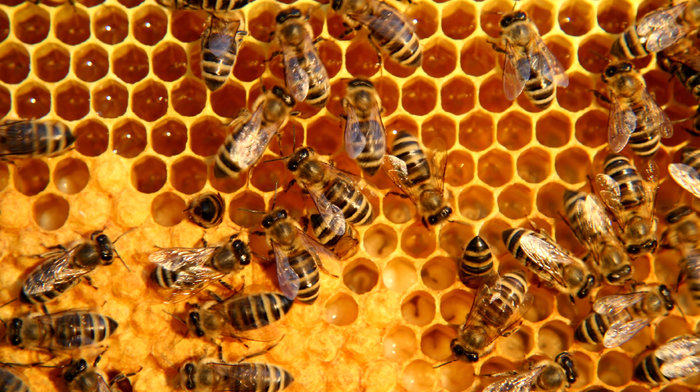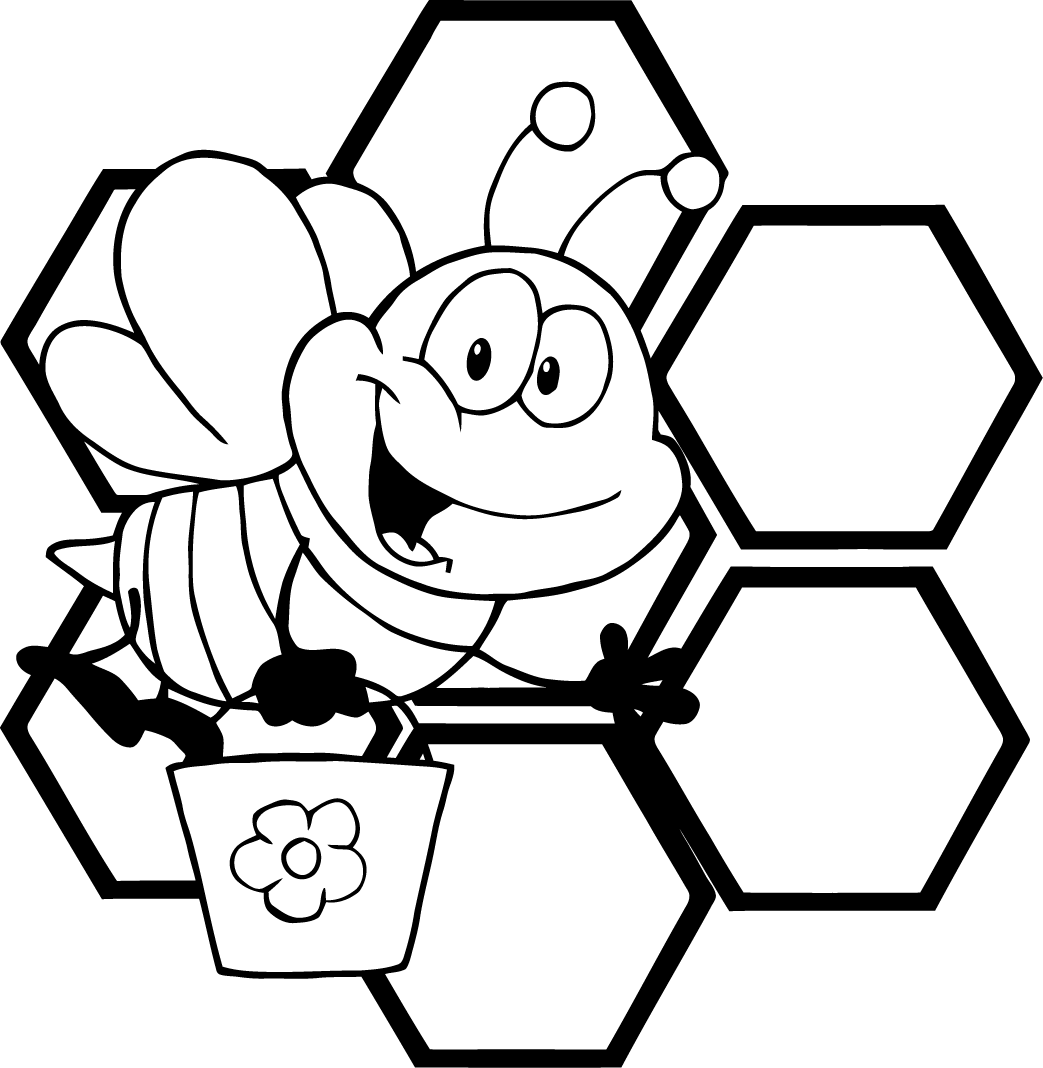|
|
Third Grade Integrated NGSS |
|
· Pattern · engineering MATERIALS:
· Pattern blocks
·
Small
wasp hive
·
Hex
bug sets
·
Hex
bug nanos
·
https://www.youtube.com/watch?v=F5rWmGe0HBI BACKGROUND: I nsects create living chambers that are very complicated. This lab looks at movement of ants (Hexabug habitats) and why bees use hexagons.
Honeycombs, we all know, store honey. Honey is obviously valuable to bees.
It feeds their young. It sustains the hive. It makes the wax that holds
the honeycomb together. It takes thousands and thousands of bee hours,
tens of thousands of flights across the meadow, to gather nectar from
flower after flower after flower, so it's reasonable to suppose that back
at the hive, bees want a tight, secure storage structure that is as simple
to build as possible.
Remember living areas in a beehive is 3 dimensional.
How does a bee go up and down.
Do they have ramps?
How hex bugs nano works is through a process similar to many insects. The
motor inside the Nano rotates a counterweight that causes forces up and
down. The down force causes the legs to bend and the Nano moves forward.
The up force causes the creature to hop lifting the front legs off the
ground and allowing the legs to unbend. This up and down movement repeats
several hundred times per second causing the Nano to move forward. The
Nano creature's ability to flip over by itself is due to the rotating
forces caused by the motor and the unique internal and external chassis
design (and a little magic).
The micro robots act like a bee moving around.
PROCEDURE:
1.
Look at the hexagon matrix of a
small hive of wasps. Ask the
students why they are hexagon and not square.
Is it something that is easy to build?
2.
This should be a fun lab where the
students experiment with making a habitat that allows the insect to move
throughout the hive. 3. Watch the video on why hexagons are so efficient for bees.
Go
over the basic parts of the set especially how not
to jam the parts. Show
them how the nano bug works. (That will motivate them to complete the
task.
4.
Do not
give the hex bug nanos out until the habitats are made.
5. Have the students test their design, but then make sure you do one at a time, so the entire class can see each groups work
6.
One
table builds a habitat, then if you have time. Students can join 2 at a
time, then put all of them together and test the nano’s.
|
||

